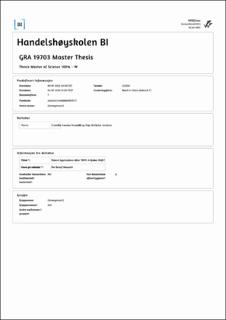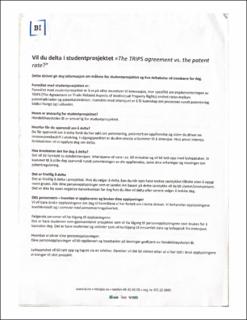| dc.description.abstract | This thesis explores how the Agreement on Trade-Related Aspects of Intellectual
Property Rights (TRIPS) has influenced patent application trends in developed and
developing countries. It focuses on the patent system and analyzes how TRIPS
implementation affects the number of applications from residents and non-residents.
The patent system, as a crucial facilitator of innovation and economic development,
has been a topic of ongoing debate particularly in the context of the TRIPS agreement.
This treaty mandates the enforcement of specific minimum standards for intellectual
property rights, including patent rights, amongst World Trade Organization (WTO)
members.
Our study conducts a comprehensive examination of Intellectual Property Rights
(IPR) laws across 68 countries between 1980 and 2021. It employs a Fixed Effects
(FE) model using a patent protection index developed by W. Park and J. Ginarte
in 1997 and subsequently extended. We refer to this index as the Park Index
(PI). It serves as a crucial tool in assessing the strength and evolution of patent
protection across the countries under study. This approach is supplemented by
insight and experiences from an interview conducted with G. Holen, the CEO of
Nordic Electorufel.
Two principal hypotheses guide our exploration. The first suggests that TRIPS
implementation prompts an increase in non-resident patent applications, whereas
resident applications in developing countries see no growth. The second hypothesis
proposes that TRIPS implementation triggers a larger relative increase in resident
patent applications in developed countries compared to non-resident applications.
Our findings lend significant support to the first hypothesis, while the validation of
the second hypothesis presents a more complex scenario.
The results from this investigation not only contribute to the ongoing TRIPS debate
but also shed light on the intricate dynamics of the patent system. The nuanced
findings underscore the distinction between resident and non-resident patent applications
and the differences between developed and developing countries, thus
offering a valuable foundation for future research. | en_US |

